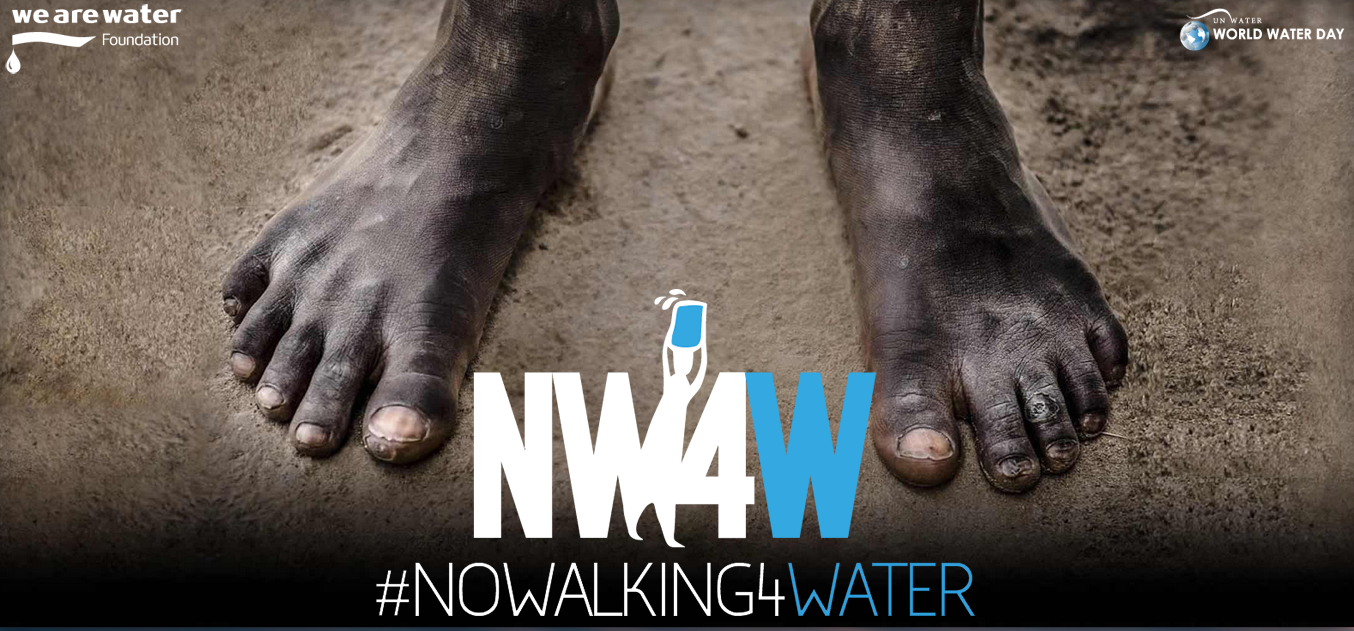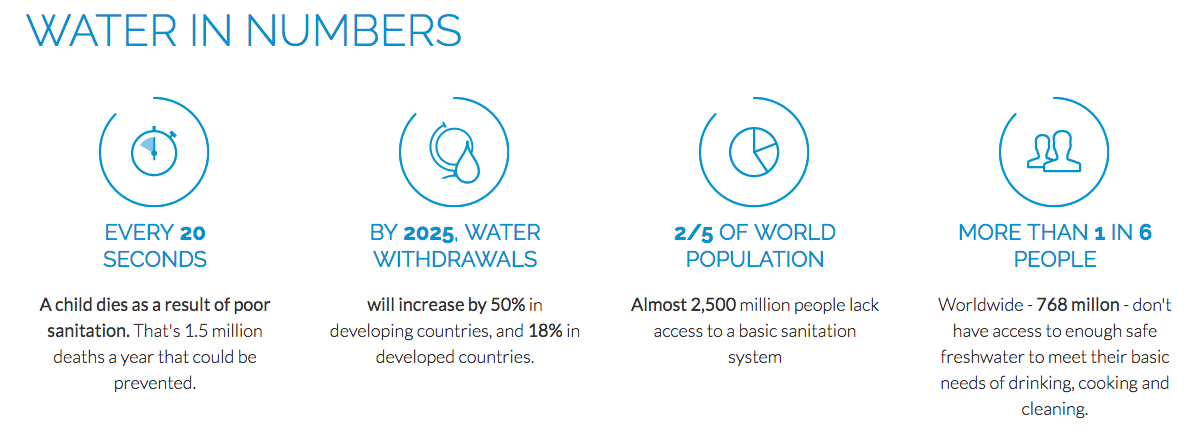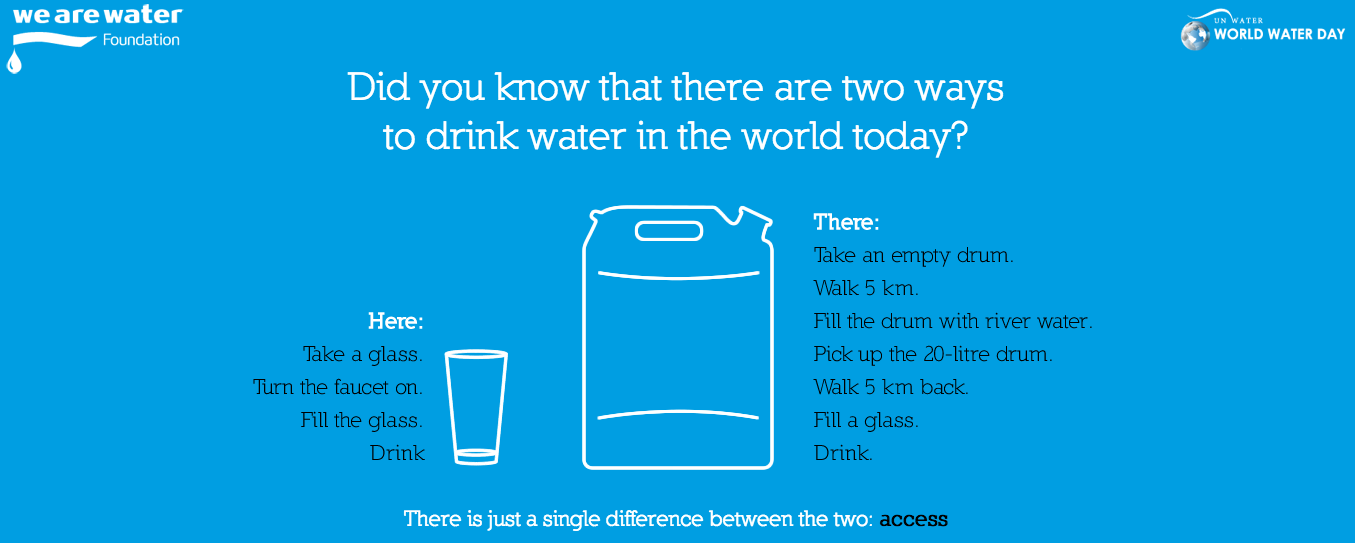Main Takeaways:
- It is an extremely complex undertaking to set up a truly bilingual curriculum, i.e. one which teaches children to use two or more languages on a native speaker level and teaches literacy, because of:
- Didactics & brain development: Primary year students are not supposed to mix two written languages before the first written language is firm, i.e. before age 8-10.
- School resources: a truly bi- or multilingual curriculum can only be provided if teachers in all subjects are available in both languages, with increased costs as a consequence.
- Compulsory national curricula: DS has a clear educational objective – the preparation of its students for the German high school diploma. DS must therefore strictly follow from grade 5 onwards the German curriculum, in order to grant German high school graduation certificates, which enable students to attend German tertiary education. Therefore, DS can not change the compulsory curriculum in primary years (21 of 31 total weekly hours) and almost no subjects in secondary years. Similar restrictions are evident in the Chinese national curriculum.
- Psychological & emotional & social development: it is not possible to integrate a third language (in most families’ case English) into a bi-lingual native speaker curriculum, because of time limitations. The German standard primary curriculum contains 24 weekly hours of instruction, while the DS curriculum contains already 31 hours. A focus on Chinese would require to either cut the English instruction or increase the total hours of instruction to 40 hours plus (which is anyway the reality in many families). DS would turn into a traditional Chinese school with way too many hours instruction, but too few hours of equally or more important play.
- DS currently provides to students in grade 2-4 weekly 3 hours of Chinese instruction, 3 hours of self-learning and 4 hours of English instruction. Mr. Heineken told us, that it would be easily possible to ramp up Chinese instruction to 10 hours weekly, if self-learning and English are eliminated. Chinese is thought in 4 proficiencies: beginners, advanced beginners, advanced learners, native speakers. What has to be understood though is that the native speaker level is by far not a genuine native speaker level, not even close to that. We have come to realize that even YCIS which claims to be bilingual and which enjoys amongst international schools an excellent reputation, can not provide genuine native speaker Chinese language instruction, despite best efforts. The problem after all is reading and writing literacy and the vocabulary volume, which lags a year behind children who attend schools which teach the standard national curriculum. Now, there is of course much room to discuss whether the speed of language instruction in China and the speed of information ingestion in general does make sense, but I compare here only learning progress in regard to Chinese language proficiency.
- DS is interested to provide a primary curriculum which uses all complimentary teaching hours (10 of 31) for Chinese instruction, starting with school year 2017/18 and considers to design a bi-lingual German-Chinese curriculum with Chinese as second language and compulsory high school graduation subject (following a model which is already in use in some Hamburg schools) after its move to the new school grounds in Yangpu district, where a cooperation with a local school is planned to resolve pending HR issues.
- Many families leave Shanghai when their children are about to enter primary education. The main driving force behind such decisions are financial considerations. A move back to any European country does usually resolve the huge burden of having to pay exorbitant tuition for international schools in Shanghai. It does though not resolve the desire to provide a bi- or multilingual literacy curriculum to one’s child, in particular if Chinese and German (or English) are the two focus languages. It is therefore possible to identify and prioritize the decision criteria for both leaving China and choosing amongst available curricula in Shanghai. The following consideration apply most likely to all families with children in the kindergarten or primary years’ age bracket; priorities most be understood though on individual basis.
- Language competencies: do I want my child to acquire Chinese native speaker literacy?
- Cultural context: do I want to socialize my child German, Anglo-Saxon or Chinese? Remember that psychological identification to a group plays an increasing role from age 8 onwards.
- Financial requirements: are our funds sufficient to pay for international schooling or other means of instruction next to the national curriculum?
- Logistic convenience: how long do I want my child to spend every day on the road to get to school and from school back home?
- Education objective: do I attach more importance to inter- and intrapersonal skills or to the instruction of rational-intellectual learning contents like science, literacy, etc.?
- Graduation objective: do I want e.g. a German high school diploma, because I want my children to attend a German university? Do I actually know if my child wants to attend university at all? Will there be tertiary educational institutions in 20 years from now?
Conclusions:
- parents who indeed want to have a truly bi-lingual curriculum for their child have currently only one school choice in Shanghai, which is the experimental curriculum taught at Y. K. Pao Chinese International School (YKP). YKP is approved by the Chinese educational authorities as a Chinese school and uses Chinese standard instruction material, but in addition to this implements English on native speaker level. The complexity of designing such a curriculum is evident by looking closer at the amount of resources involved and the unique language instruction program. YKP shifts from initially 80% Chinese language instruction in all subjects to 60% plus English language instruction at the time of high school graduation, reflecting the distinctive learning psychology of both languages.
- Since YKP can hardly be called an easy accessible school, which remains an elite playground for about 400 students, only second in reputation to Song Qing Ling School’s international division, families who still see an intrinsic value in bi- or multilingual instruction are forced to either compromise with less or look for solution beyond school curricula.
- Languages are taught on native speaker level in a multi-dimensional environment which nurtures and challenges the learner in a complex variety of situations. Schools with their limited means of interaction in class rooms, on school grounds and occasional field trips are actually not suitable to provide such a multi-dimensional learning environment.
- Chinese language instruction differs form English instruction widely on terms of neurological conditions. We use the right hemisphere to remember Chinese (graphical), but the left to remember Indo-Germanic languages. The instruction of thousands of graphic elements takes much longer than the instruction of 24+ letters. It is therefore well known that learning Chinese takes much longer than learning e.g. English, and the necessary deep learning is the main reason for the otherwise inexplicable cohesion of the Sinitic civilization, which extends over roughly 3000 dialects which are as distinct from each other as European languages. It could be claimed that Chinese, in particular written Chinese, is not a mother tongue, but a “family” tongue. No other language that I know of requires grand-parents and other relatives to spend so much time to teach their descendants radicals, characters and proverbs, explaining also why mastering Chinese when learned as an adult is extremely difficult.
- Families who want their child to attain Chinese native speaker literacy are advised to chose local Chinese schools during the primary years and supplement required additional subjects through home schooling networks. Such a solution greatly reduces costs, most likely eliminates long hours on school buses and most importantly helps the child to genuinely socialize with Chinese children. In most other countries this is exactly what third culture child parents would want: socialize with and learn from the local culture.
- Secondary education is then again a completely different subject; not only because the Chinese curriculum contains 5 years primary, 4 years lower secondary and 3 years higher secondary instruction. But considering the enormous life long benefits our children will harness from spending full 5 years in Chinese primary education, i.e. being able to read and write Chinese on native speaker level, we are also willing to loose a year or two because our children will probably have to repeat classes if they switch to an Anglo-Saxon or continental European curriculum. I am personally more concerned about their play time.
- Ms. Mezger’s well meant remark that the preparation and implementation of a new curriculum takes time; that a hurriedly planned curriculum might cause our children to suffer form the consequences of being educational guinea pigs, needs to be relativized. Sticking with current curricula and waiting for e.g. the rigid German national education committee to implement changes must be considered an equal experiment. In times of fundamental changes everything is an experiment, but staying with what we knew might cause more harm than reading the signs of the time. Ken Robinson, probably the world’s foremost educator recently said that there is a climate crisis, a crisis of natural resources, but there is also a human resources crisis, a crisis in education. I meet all kinds of people who don't enjoy what they do. They simply go through their lives getting on with it. They get no great pleasure from what they do. They endure it rather than enjoy it, and wait for the weekend. But I also meet people who love what they do and couldn't imagine doing anything else. If you said, "Don't do this anymore," they'd wonder what you're talking about. It isn't what they do, it's who they are. They say, "But this is me, you know. It would be foolish to abandon this, because it speaks to my most authentic self." And it's not true of enough people. In fact, on the contrary, I think it's still true of a minority of people. And I think there are many possible explanations for it. And high among them is education, because education, in a way, dislocates very many people from their natural talents. And human resources are like natural resources; they're often buried deep. You have to go looking for them, they're not just lying around on the surface. You have to create the circumstances where they show themselves. And you might imagine education would be the way that happens, but too often, it's not. Every education system in the world is being reformed at the moment and it's not enough. Reform is no use anymore, because that's simply improving a broken model. What we need -- and the word's been used many times in the past few days -- is not evolution, but a revolution in education. This has to be transformed into something else.
- DS left a big question mark for me in regard to financial requirements. An annual tuition of CNY 140 plus additional expenses for school bus, canteen, etc. summing up to roughly CNY 160k seem to be at the lower end of international schools in Shanghai, but considering that 20% of DS’ expenses are covered by German tax money, one wonders why the school can’t be run more cost efficient. DS in Kuala Lumpur costs all in all EUR 9k per child p.a. and we feel that if paid out of your own pocket there is a pain threshold at EUR 10k p.a. – education should be affordable, even if facilities and teachers are excellent; otherwise the education sector slides into the same swamp of greed and disenfranchisement as Wall Street and Silicon Valley.
I remember an interview we had with a DS kindergarten teacher for Spatzennest back in 2011. She told us that she gets CNY 31k net salary per month, CNY 11k housing allowance p.m., international health insurance and two return trip plane tickets to Germany. I am pretty sure that salaries won’t have stagnated at 2011 values and one easily recognizes that (non-profit) budgeting is a question of your expenses.
Side Note 1 - Relevance of Play:
The creation of something new is not accomplished by the intellect but by the play instinct acting from inner necessity. The creative mind plays with the object it loves. [C. G. Jung]
It is generally acknowledged that play plays an extremely important role in the formation of a personality and in the development of lasting skills in a social and creative dimension. Play might actually be the single most important catalyzer of teaching our children what they really want to do in their lives. Play, so some say, can show you your vocation. Why is it then that we have a strong tendency to stuff ever more intellectual classroom instruction into our children’s life? What is it that we want for them? Happiness or utter misery?
Play here is not to be understood as wasting hour after hour in front of some computer game in splendid isolation, but even solitary computer games can have deep a deep impact on teaching children important lessons as long as they are genuinely interested.
I acknowledge that in particular in regard to the importance of play two cultural truths seem to collide. Here a European progressive father who wants the child unearth its talents and gifts, there a Chinese conservative tiger mother who wants the child to master the richness of an entire civilization embedded in its sophisticated written language. In such a situation of crosscultural truths, the only thing that we can do, is to respect both and listen always to the needs of the child concerned. They are, without doubt, exposed to a both demanding, but highly enriching environment.
Die meisten Menschen legen ihr Kindheit ab wie einen Hut. Sie vergessen sie wie eine Telefonnummer, die nicht mehr gilt. Früher waren sie Kinder, dann wurden sie erwachsen, aber was sind sie nun? Nur wer erwachsen wird und ein Kind bleibt, ist ein Mensch.
[Erich Kästner]
Resources to learn more about play:
- http://www.npr.org/programs/ted-radio-hour/390249044
- http://www.npr.org/2015/03/27/395039920/how-can-playing-a-game-make-you-more-empathetic
- http://www.npr.org/2015/03/27/395062175/who-s-that-guy-riding-the-subway-in-his-underwear
- http://www.npr.org/2015/03/27/395065944/how-does-play-shape-our-development
- https://www.ted.com/talks/isabel_behncke_evolution_s_gift_of_play_from_bonobo_apes_to_humans
- http://www.npr.org/2015/03/27/394918832/how-can-video-games-improve-our-real-lives
- http://www.ted.com/talks/john_hunter_on_the_world_peace_game
- http://www.ted.com/talks/gever_tulley_s_tinkering_school_in_action
- http://www.darkmatteressay.org/education.html
Side Note 2 – The Human Brain and Language Learning[1]
The Critical Period Hypothesis (CPH) states that the first few years of life constitute the time during which language develops readily and after which (sometime between age 5 and puberty) language acquisition is much more difficult and ultimately less successful.[5] Early language exposure also affects the ability to learn a second language later in life: profoundly deaf individuals with early language exposure achieve comparable levels of proficiency in a second language to hearing individuals with early language exposure. In contrast, deaf individuals without early language exposure perform far worse.[8]
The theory[11] has often been extended to a critical period for Second Language Acquisition (SLA), which has influenced researchers in the field on both sides of the spectrum, supportive and unsupportive of CPH, to explore.[12] However, the nature of this phenomenon has been one of the most fiercely debated issues in psycholinguistics and cognitive science in general for decades.
Certainly, older learners of a second language rarely achieve the native-like fluency that younger learners display, despite often progressing faster than children in the initial stages. The critical period hypothesis holds that first language acquisition must occur before cerebral lateralization completes, at about the age of puberty. One prediction of this hypothesis is that second language acquisition is relatively fast, successful, and qualitatively similar to first language only if it occurs before the age of puberty.[13] To grasp a better understanding of SLA, it is essential to consider linguistic, cognitive, and social factors rather than age alone, as they are all essential to the learner's language acquisition.[12]
Resources to learn more about language learning:
- https://en.wikipedia.org/wiki/Broca%27s_area
- https://en.wikipedia.org/wiki/Wernicke%27s_area
- Steven Pinker: The Language Instinct
[1] This is a summary from wikipedia’s entries on Language acquisition and Critical period







